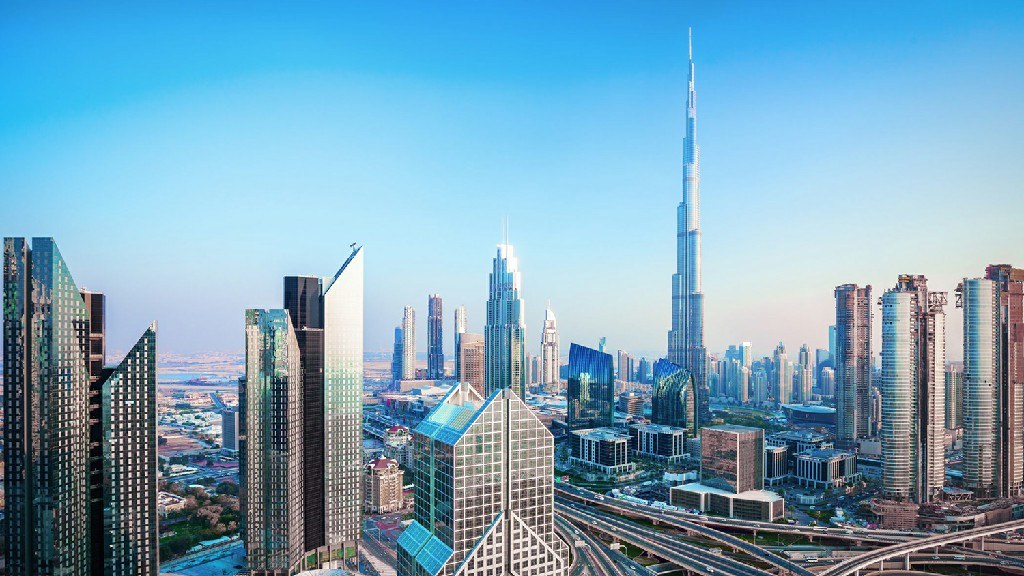
- The United Arab Emirates (UAE) is situated in the Southeast of the Arabian Peninsula, bordering Oman and Saudi Arabia.
- UAE also called the United Arab Emirates is a cumulation of seven emirates which are Dubai, Sharjah, Abu Dhabi, Fujairah, Ras Al Khaima, Ajman, and Umm Al Quain.
- Most people and tourist always incline their visit to Dubai and Abu Dhabi as they are the most popular places to visit.
- However, the remaining other emirates also boast a lot of fun activities, unique sights, and truly amazing offerings.
Capital of United Arab Emirates (UAE)
Abu Dhabi is the capital of the UAE, and it is the country’s largest and second-most populous city.
Moreover, Abu Dhabi is the largest of the seven emirates that form the UAE.
Population:
The current population of the United Arab Emirates is 10,170,075
The currency of the UAE Arab country
The United Arab Emirates dirham is the currency of the Emirates, which consists of 100 fils and its abbreviation “AED” and the symbol “Dhs”
.[1]
The climate in the United Arab Emirates
The (UAE) has a desert climate, characterized by pleasantly mild winters and very hot, sunny summers, with the humidity of the Persian Gulf that makes the heat unbearable.
What is the national language of the United Arab Emirates?
- Its native residents speak the Arabic language with a local Emirati dialect similar to the dialects of other Gulf countries.
- However, due to the huge number of tourists and ex-pats, you will find that the actual popular language is English as an international language for communication between different nationalities.
What is the main traditional food in the UAE?
- The main traditional Emirati foods, porridge, harees, Shawarma, Balaleet, regag bread, yeast bread, traditional Arabic coffee, and various types of dates.
Tourism in UAE
Burj Khalifa
- The Burj Khalifa is located in Dubai, and it is one of the most famous landmarks in Dubai. It is the tallest man-made tower in the world. It is 828 m long.
Jumeirah Mosque

Jumeirah Mosque is located on Jumeirah Beach Road and was built in 1976 AD, and it is the only mosque in Dubai open to the public. It is made of white stone and carved in the Fatimid style.
Heritage Village

The Heritage Village is one of the most preferred tourist sites in Abu Dhabi, as this visit enables tourists to learn about the lifestyle and traditions of Bedouin culture.
Palm Jumeirah

- The Palm Jumeirah is a beautiful man-made island that takes the form of a palm and includes many resorts and luxury hotels.
- Built from reclaimed land in a series of artificial archipelagos, Palm Jumeirah is shaped like a palm tree when viewed from above.
Al Qasba

Al Qasba is located on both sides of the Al Qasba Water Canal, and it is a lively and active area that includes cafes, restaurants, and recreational activities
In addition to a picturesque park, where visitors can enjoy a tour of the water boats in the canal.
Read more about Arab Countries – Arab League – Famous Arab Cities – List of Arab Capitals
